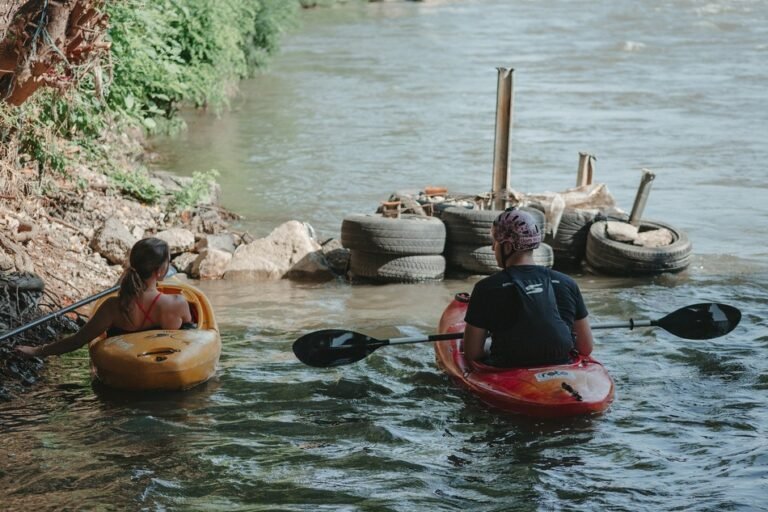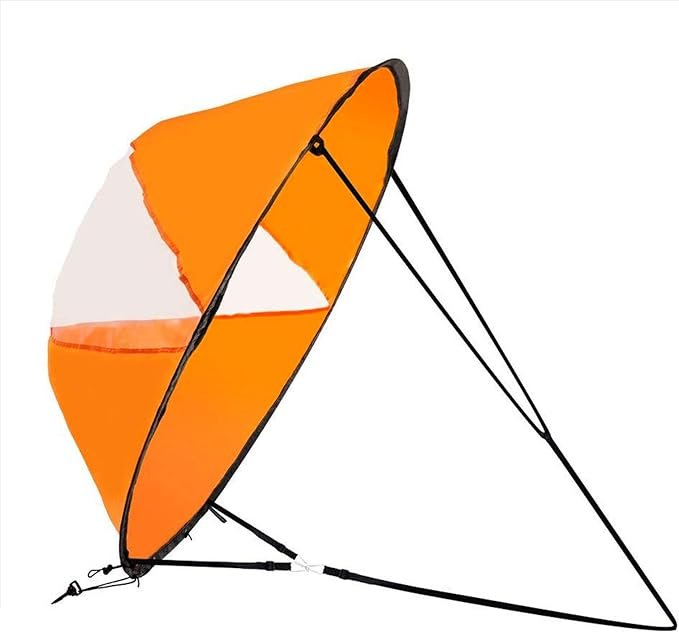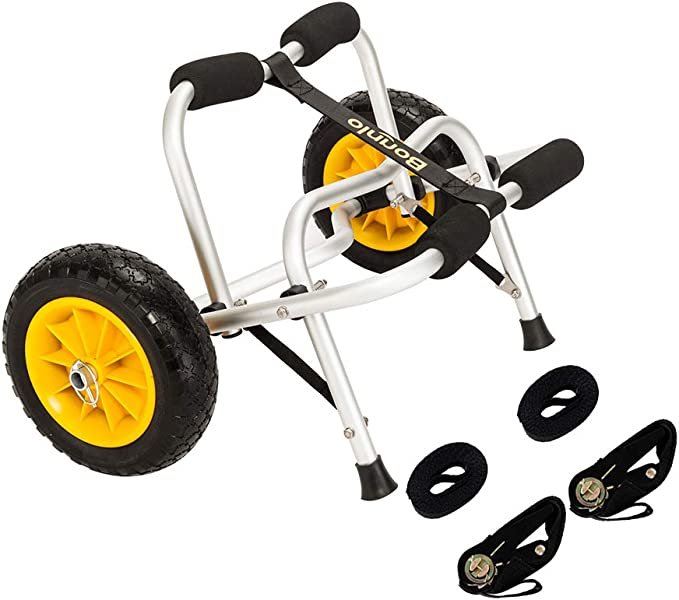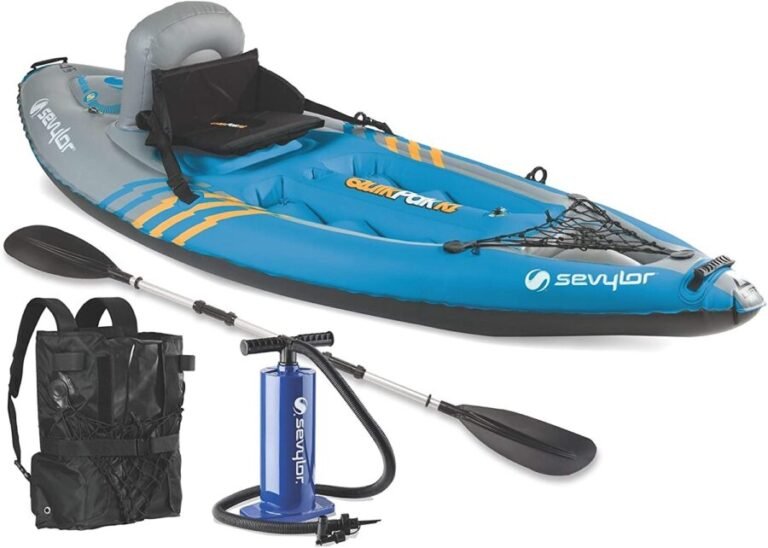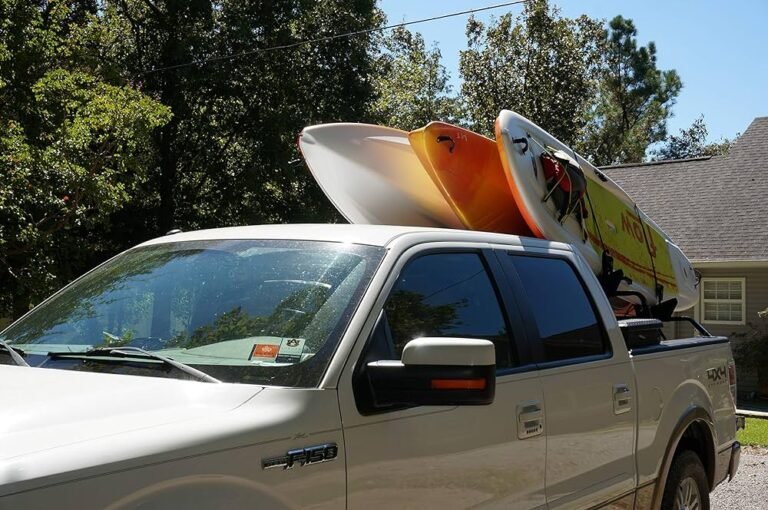What to Wear Kayaking for Women
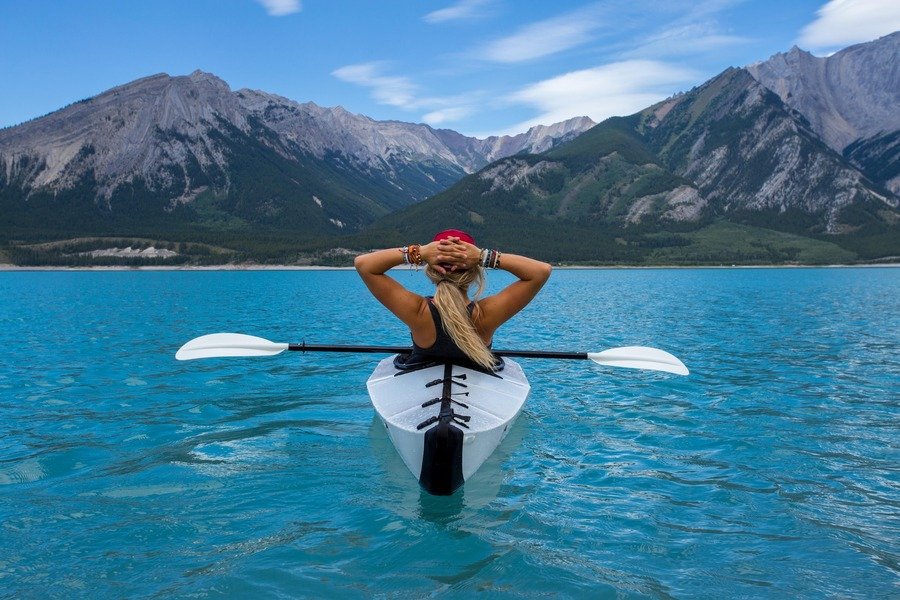
Kayaking is a fascinating recreational sport that allows individuals to connect with nature while exploring beautiful rivers. Whether you’re a beginner or an experienced kayaker, one critical component that can dramatically affect your kayaking experience is your choice of clothes.
The right clothing ensures not only comfort but also safety during your kayaking adventure. In this post, we will provide women with complete recommendations on what to wear while kayaking to ensure a fun and hassle-free experience.
What to Wear for a Safe and Enjoyable Kayaking Experience
- Base Layer
- Insulating Layer
- Outer Layer
- Bottoms
- Footwear
- Gloves
- Headwear and sun protection
- PFDs
Base Layer
Your kayaking base layer should be made of merino, polyester, or nylon. These materials dry quickly and draw moisture away from your body to keep you dry and comfortable. Your swimsuit can serve as your base layer.
Avoid cotton as it retains moisture, which can make you feel cold and uncomfortable. Layering is not limited to your upper body. For your lower body, opt for moisture-wicking leggings or shorts to keep your lower body dry. Again, avoid cotton in favor of synthetic materials.
Choosing the correct base layer is vital for comfort and moisture management. Polyester and nylon are synthetic fabrics recognized for their moisture-wicking capabilities. They pull sweat away from your skin, keeping you dry and comfortable. They are also quick to dry, which is important in case you get wet.
Merino wool is a natural material that is noted for its moisture-wicking qualities and odor resistance. It provides warmth even when wet and is a great option for colder conditions.
When selecting a base layer, ensure it fits properly. Avoid clothing that is too tight or too loose. Tight clothing can restrict movement and may lead to chafing while loose clothing may bunch up or interfere with your gear which can be uncomfortable.
Consider wearing a rash guard or water-specific base layer, especially in sunny or warm conditions. Rash guards offer UPF protection, shielding your skin from the sun’s harmful rays. They provide an extra layer of comfort and reduce the risk of chafing caused by wet clothing.
Insulating Layer
Your choice of an insulating layer should be dependent on the weather. Neoprene, down, and fleece are good insulating layer options.
Neoprene is excellent for cold conditions as it provides insulation and some water resistance. In colder weather, consider wearing neoprene pants or leggings for added warmth. Ensure they are snug but not too tight for mobility.
Outer Layer
Your outer layer should complement your base and insulating layer. Invest in a kayak-specific waterproof or water-resistant jacket with sealed seams. It should have adjustable cuffs and a snug-fitting hood to keep water out.
If you are kayaking in the winter a drysuit might be your best outer layer option. In warmer conditions like the summer, a wet suit is a good alternative.
A dry suit keeps water out hence keeping you dry and warm when paired with a good insulating layer. A wetsuit keeps warm by trapping a layer of water between your body and the suit. Neoprene sprayskirts to keep water out of the cockpit.
Essential Outer Layer Tips
Look for outer layers that offer breathability and ventilation, especially in warmer weather or during strenuous paddling. Consider features like pit zips and mesh lining. Pit zips are zippered vents under the arms that allow for increased airflow and temperature regulation.
Some jackets have a mesh lining that helps wick moisture away from your skin and adds comfort. The choice between waterproof and water-resistant outer layers depends on your kayaking conditions.
If you’re expecting to get wet or encounter severe weather, a fully waterproof jacket is important. In milder weather or when there’s a potential for light rain, a water-resistant jacket may suffice. Just be cautious that it won’t keep you dry in prolonged exposure to water.
When layering your outer clothing, consider how it matches with your base and insulating layers. Ensure that your outer layer can comfortably fit over your base and insulating layers without feeling too tight or restrictive.
Adjust the layers according to the weather conditions. For example, in cold and wet conditions, you may need a thicker waterproof jacket, while in warmer weather, a lightweight water-resistant jacket might be sufficient.
Bottoms for Kayaking
Choosing the right bottoms is crucial for comfort and mobility while kayaking. Board shorts are a versatile choice for kayaking in warm weather. They are quick-drying and provide excellent mobility. However, they may not offer as much insulation in colder conditions.
Kayaking-specific shorts are designed with water sports in mind. They often have features like water-resistant coatings, reinforced seat areas, and adjustable waistbands for a secure fit. They are a great choice for various kayaking conditions.
In cooler weather or when you need extra sun protection, consider wearing leggings or pants. Moisture-wicking leggings are a comfortable choice. They provide sun protection, and warmth, and can be worn under board shorts or kayaking-specific shorts.
Lightweight and quick-drying pants are suitable for cooler weather or when you need added sun protection. Look for pants with a comfortable fit and easy mobility.
Quick-drying materials in bottoms are essential to prevent discomfort and chafing, especially if you get wet. They help wick moisture away from your skin, keeping you dry and comfortable. They are crucial for maintaining comfort in changing weather conditions.
Look for bottoms with adjustable waistbands, especially if you anticipate varying water levels or want a secure fit. Adjustable waistbands allow you to customize the fit for comfort and prevent the bottoms from slipping down during your kayaking adventure.

Footwear
Proper footwear protects your feet when kayaking and provides grip, stability, and comfort. Footwear with good grip and stability ensures you have a secure grip on your kayak’s footrests or pedals, allowing for better control and efficient paddling.
Your choice of footwear should shield your feet from sharp objects in the water and potential injuries while launching or landing. The right footwear keeps your feet comfortable, even when wet, and prevents blisters or discomfort during prolonged paddling.
Kayaking-specific water shoes are designed with water sports in mind and are an excellent choice for various kayaking conditions as they typically have grippy soles that provide a secure grip on wet surfaces.
Many kayaking shoes are made of quick-drying materials to keep your feet comfortable. Neoprene booties and water shoes are excellent kayaking footwear options.
Essential Footwear Tips
You can choose between sandals and closed-toe shoes based on your kayaking conditions and personal preferences. Sandals are suitable for warm conditions and provide excellent breathability. They are ideal for recreational kayaking in calm conditions.
Closed-toe shoes offer more protection and are suitable for rougher waters or when there’s a risk of encountering sharp objects. They also provide additional warmth in colder conditions.
A secure fit is essential for foot control and stability while kayaking. Your footwear should fit snugly but shouldn’t be too tight. A secure fit prevents your shoes from coming off during paddling. Consider adjustable straps or laces that allow you to customize the fit for added comfort and security.
In colder conditions, consider wearing neoprene socks in combination with your kayaking shoes. Neoprene socks provide insulation to keep your feet warm, even when submerged in cold water. They are especially useful for whitewater or cold-weather kayaking.
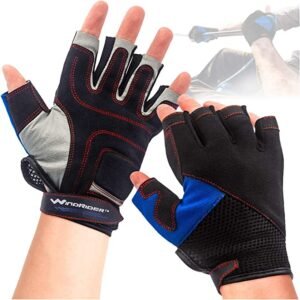
Gloves
Wearing gloves is essential for grip and hand protection while kayaking. Gloves provide a better grip on your paddle, especially in wet conditions. They also protect your hands from blisters and abrasions caused by repetitive paddling.
Consider whether paddling gloves or neoprene gloves are more suitable for your needs. Paddling gloves are designed specifically for kayaking and provide grip and dexterity for paddling. Neoprene gloves offer insulation and are suitable for colder conditions but may have a slightly bulkier feel.

Headwear and sun protection
The sun can be both your friend and foe while kayaking. While it provides warmth and beautiful scenery, overexposure to the sun can lead to discomfort and health issues. Sun protection is crucial for a safe and enjoyable kayaking experience. Sunglasses and wide-brimmed hats are essential sun protection gear.
Wide-brimmed hats are an excellent choice for sun protection while kayaking as they provide shade for your face, neck, and shoulders. Your hat should have a strap to keep it secured in windy conditions.
Wearing sunglasses is essential for eye protection and reducing glare on the water. Choose sunglasses with 100% UV protection to safeguard your eyes from harmful UV rays. Attach a retention strap to prevent your sunglasses from falling into the water during kayaking. Apply sunscreen to exposed skin.
Wearing a buff or neck gaiter can provide additional sun protection and comfort. Buffs or neck gaiters cover your neck, protecting it from the sun and preventing sunburn.

PFDs
A Personal Flotation Device (PFD), often referred to as a life jacket, is a critical accessory for kayaking. Go for a PFD specifically designed for kayaking. These are designed to allow freedom of movement for paddling. Ensure your PFD fits snugly and comfortably.
It should not ride up when you’re in the water. Select a PFD with adequate buoyancy to keep you afloat in case of an emergency. Some PFDs come with a safety whistle, which can be useful for signaling for help.
Additional Kayaking Tips for Women
- Secure loose hair to prevent it from obstructing your vision or getting tangled.
- Consider a dry bag for valuables and spare clothing.
- Dress in layers for flexibility; you can remove or add clothing as needed.
- Be mindful of the kayak’s cockpit size when choosing your attire, as space may be limited.


